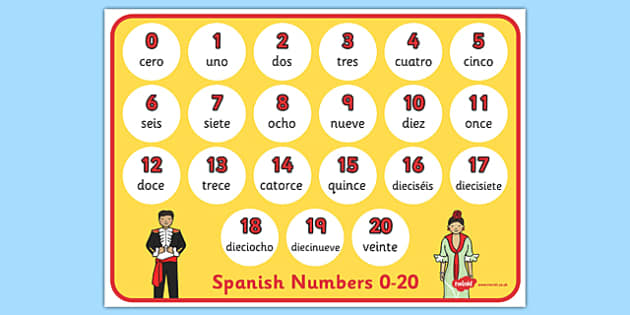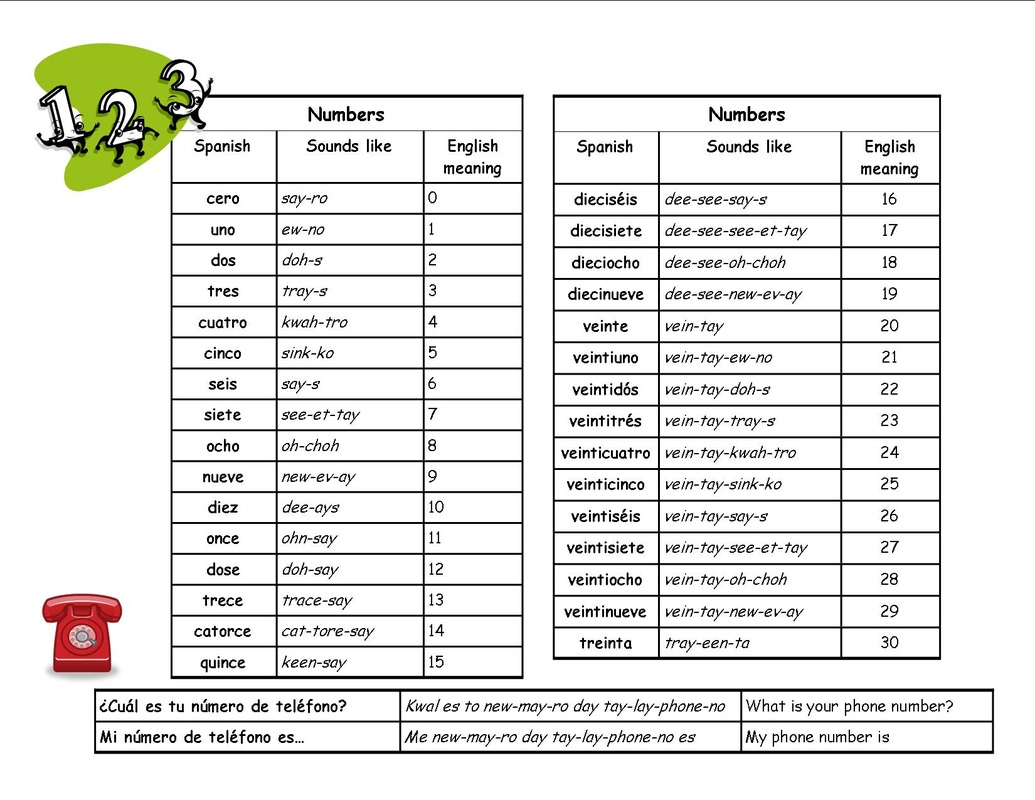

Setecient as casas = seven hundred houses Therefore, they must agree with the noun: It is definitely worth remembering that these eight Spanish numbers ( doscientos, trescientos, cuatrocientos, quinientos, seiscientos, setecientos, ochocientos and novecientos) have masculine and feminine forms. That is to say, they are not ‘cincocientos’ ‘sietecientos’ and ‘nuevecientos.’ You may have seen that 500 ( quinientos), 700 ( setecientos) and 900 ( novecientos) have their own pattern. You will see below that this is really straightforward.ĩ00 = novecientos Do You Spot Any Irregularities? Just as we learnt the multiples of 10 in the first section of this text, we must now learn the multiples of 100. It includes fun, easy to follow lessons on Spanish numbers. So, by taking the simple steps mentioned above, you’ll have the numbers 1-100 in Spanish memorised in no time!ĭo you want to learn Spanish fast? Get off to the perfect start with Spanish for Beginners with James. Zero = cero (you will see that these are very similar!)ġ00 = cien (note the link with English words that resemble this like There are two important numbers we have not covered: So, instead of “veinte y cinco”, it would be “ veinticinco”. Remember also that numbers from 21-29 get contracted into a single word, instead of broken down into 3 separate words like all the others.

Make sure you remember which one is which early on to avoid confusion later! 1 unoįor numbers above twenty, simply take the the multiples of ten ( veinte, treinta, cuarenta, cincuenta, sesenta, setenta, ochenta, noventa) and the smaller number ( uno, dos, tres, cuantro, cinco, seis, siete, ocho, nueve, diez) and add “y” (“and”) in the middle.Ĥ5 = “forty and five” = cuarenta y cinco.Ī quick tip: As you may have noticed already, sixty and seventy are very similar in Spanish – sesenta – 60 and setenta – 70.

Once you’ve learned these, we’ll explain some ways to remember them. Let’s look at the Spanish numbers 1 to 100.


 0 kommentar(er)
0 kommentar(er)
